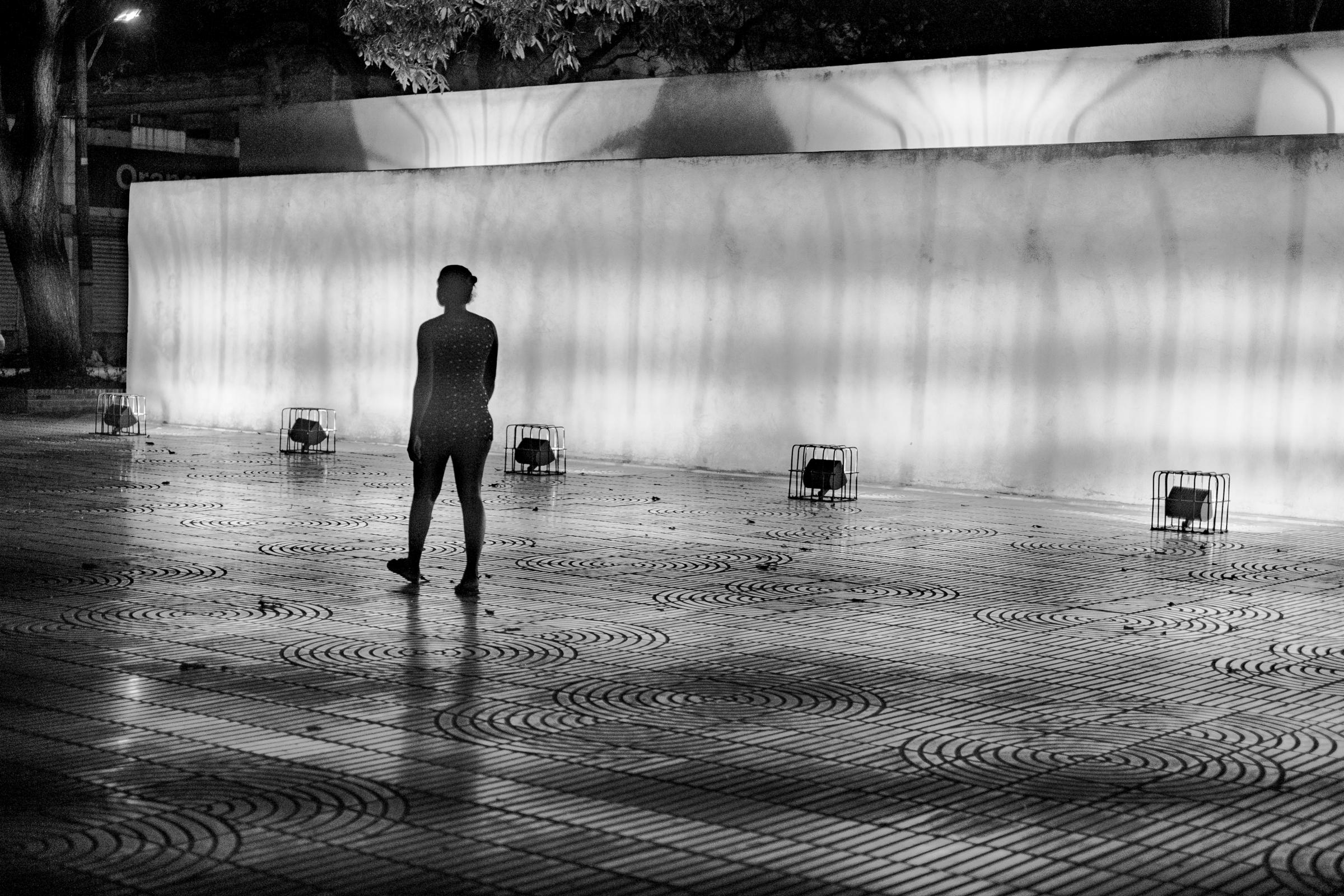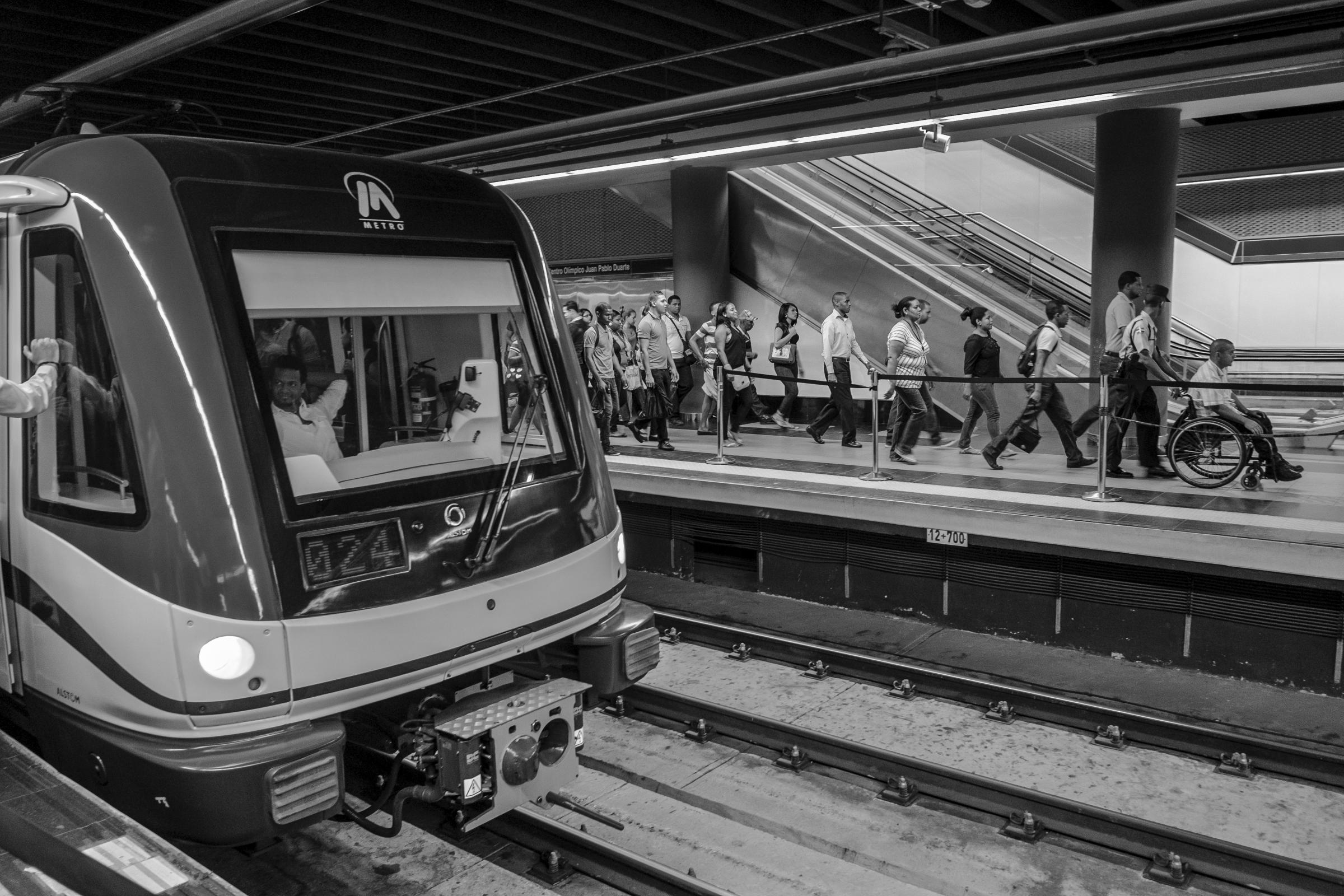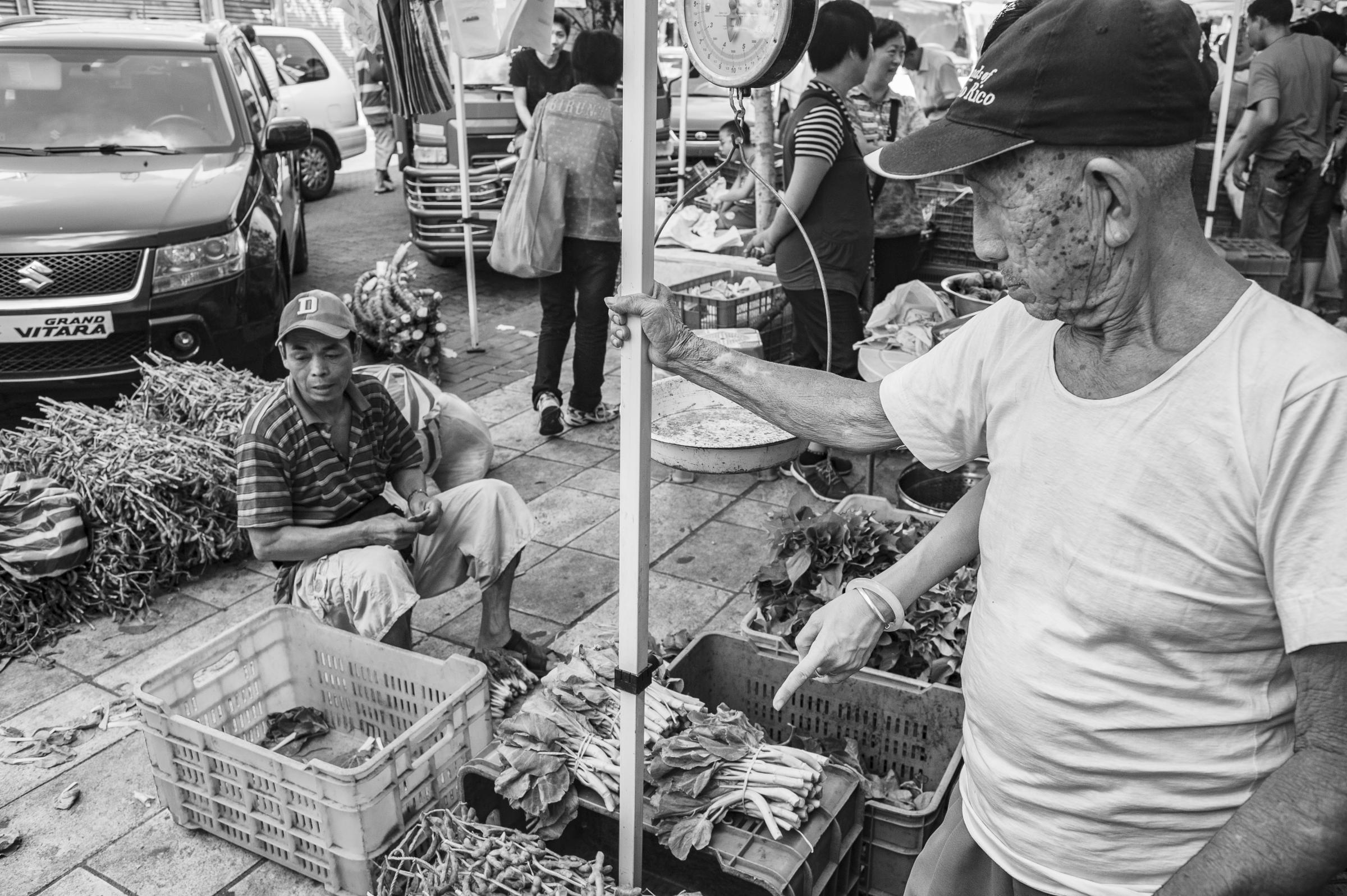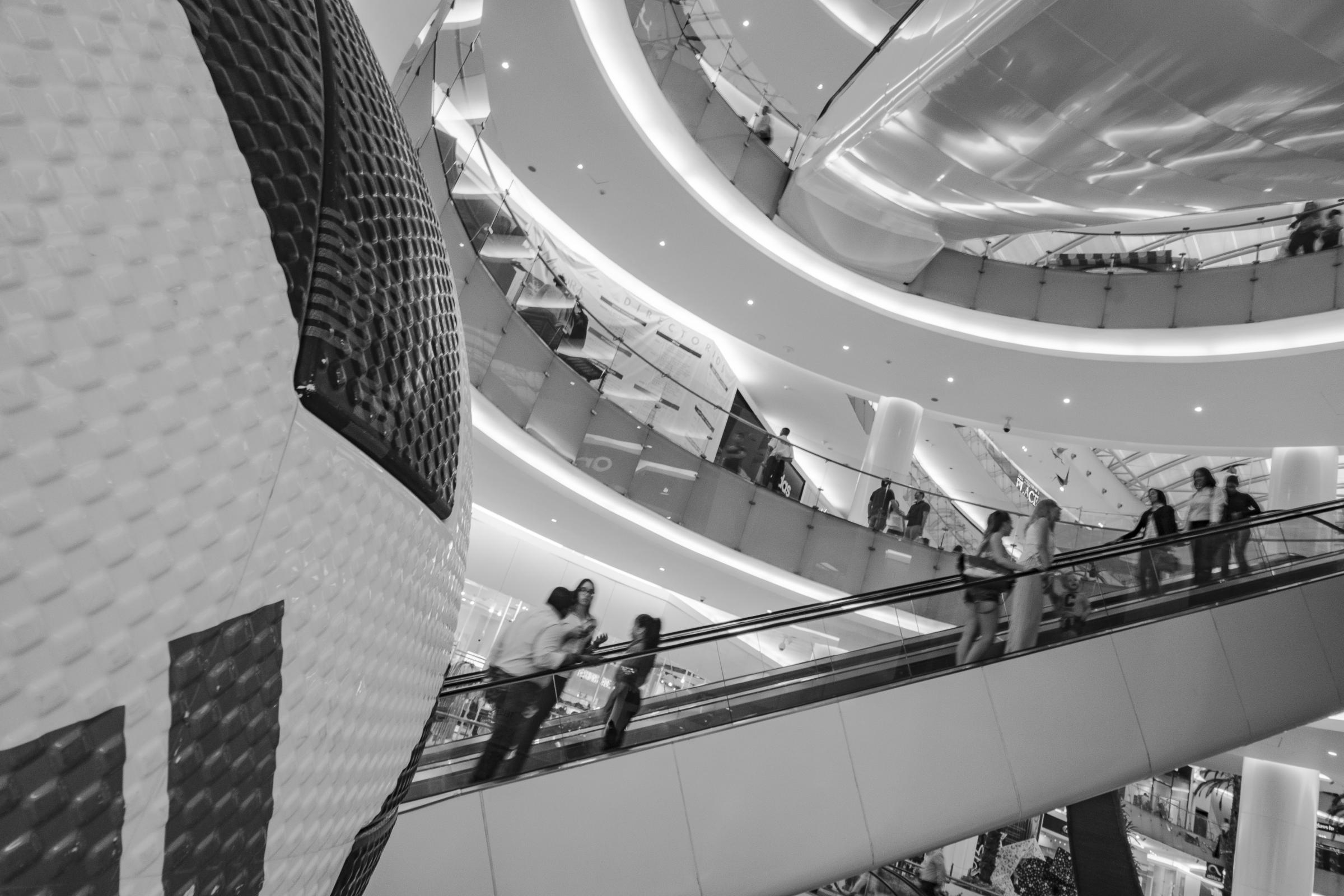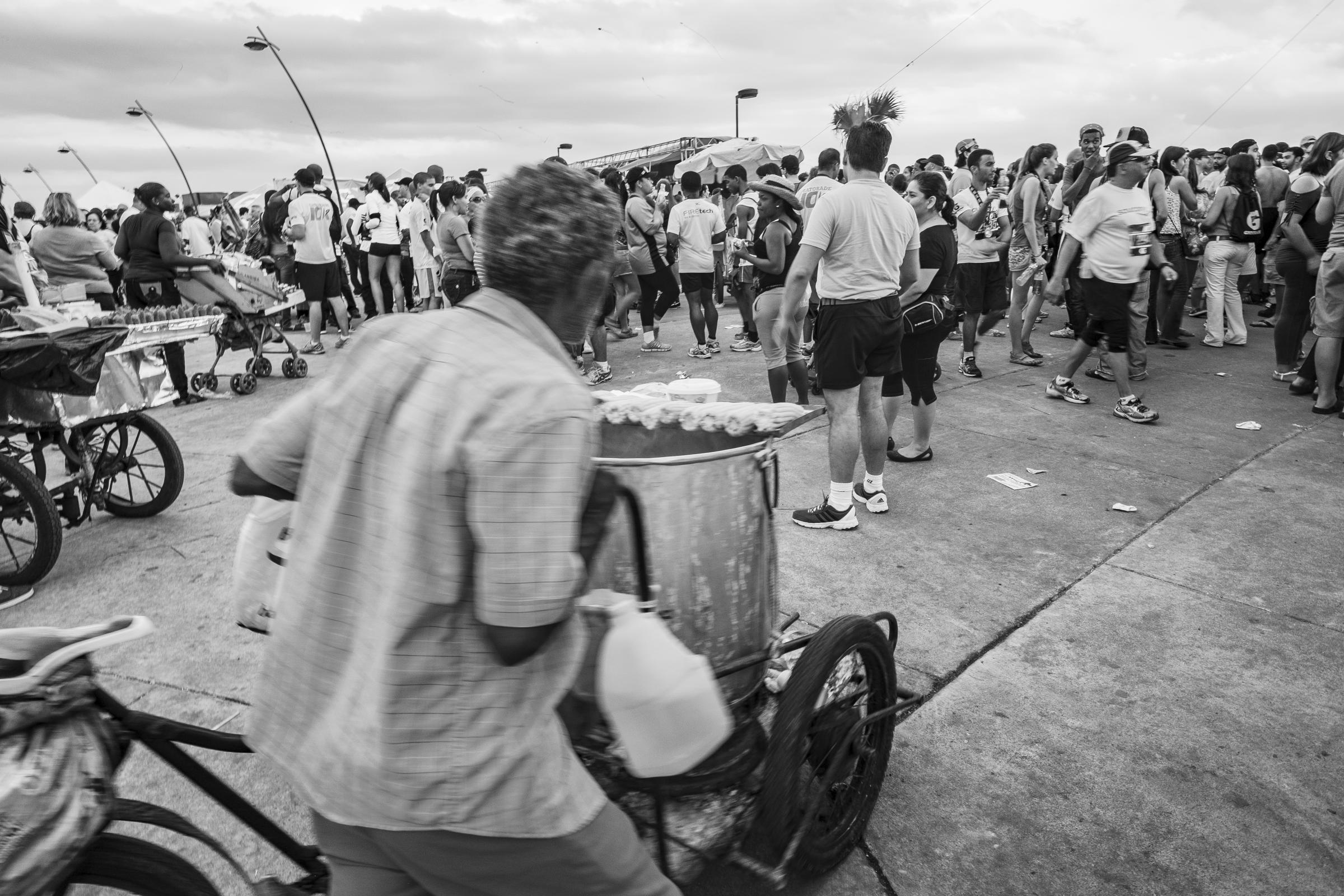It is with great pleasure that my selection of images was not only accepted to participate in En Vivo, Liv: Public Spaces; not only representing my country, but the curators decided that we are part of the opening group with Spain, meaning we are able to show 5 pictures instead of 3. Thanks to Rosa Ines, Isaac Landeros, and the personnel of the Dominican embassy in China, must grateful; what follows is the text of the catalog:
LIVE. Public Spaces in Europe and Latin America, is a project co-produced by the EUNIC China Cluster, the Embassy of Spain in China and the Cervantes Institute of Beijing, with the generous support of the Spanish government under the framework of the Spanish EUNIC presidency. EUNIC stands as the acronym for the European Union National Institutes for Culture, a network of 36 cultural institutes and organizations hailing from all EU Member States and collaborating countries. The EUNIC China Cluster is meant to promote exchange and dialogue while stimulating mutual knowledge between local institutions and the audience. As such, this project has the support from the following members of the EUNIC China Cluster: Centre for Hungarian Culture, Centre for Danish Culture, French Institute of China and Institut Français de Chine, as well as from the following Latin American collaborators —Embassy of the Dominican Republic to the P.R. of China, Embassy of Colombia to the P.R. of China, Embassy of Mexico to the P.R. of China, Embassy of Peru to the P.R. of China and Embassy of Uruguay to the P.R. of China.
The origins of public space trace back to the need for humankind to belong and live in a society. Public spaces serve citizens by providing a meeting point where they may gather and agree on a set of collective rules and principles that prevail over their own separate origins. Therefore, this definition is projecting a gaze on public space from a collective perspective. Everything is possible in our public spaces; everything has its own space there, from music to art, leisure, social demands and education. Public spaces emerge as the ultimate immaterial cultural heritage of humankind.
The production and claiming of public spaces in Europe and Latin America are processes that share a series of foundational values exerting their influence on the daily lives of their cities and residents. This statement remains valid beyond physical distance and potential cultural differences; beyond structure and architectural style concerns —beyond frontiers and national identities. This exhibition aims to cast light upon public space as a potentially blank canvas within the city itself, rather than constrained to its more apparent urban and/or architectural boundaries. Under this approach, public space becomes inclusive, versatile and eternally open to transformation; everything is possible, and users get to play a crucial role in its design through a series of critical decisions —how to use this space, when and with whom. Through this exhibition, we aim to make apparent the way in which collective wellness as a universal goal is materialised through design, surpassing any alleged distances and turning the practice of public space(s) into a moment defined by notions of identity and belonging. The arrival of this exhibition in China is meant to converge the gaze on public spaces into a framework of global urban development. These are spaces where the local visitor is welcome to find a reflection on their own grounds, as well as hints on new chances to interact with them. It is a thoroughly urban exhibition, allowing the audience to travel between three continents without actually departing from their current location, being introduced to new public landscapes that are foreign and familiar all at once.
In fact, the global and immaterial nature of public space comes across the design of this showcase, featuring a circle —an edgeless space where visitors are gathering to enjoy the exhibition, rather than merely walking in. This is a dynamic, lively space where the audience is enabled to make their own decisions on how to go through each section; a neutral space where they may share their impressions on their findings and, last but not least, a void where everything is possible. The showcased images are the only elements setting bounds in this space where visitors, indeed, generate its own content.
The exhibition is comprised of two circuits —an external route, then an internal channel. Throughout the visual essays of the two featured photographers, a series of questions challenge current realities for public spaces in both continents, as
well as citizens’ bonds to these venues. On the foundations provided by this critical perspective, we are then moving on to face a series of projects and interventions on public space. These promote issues such as alternative usage of these spaces, claiming forgotten spaces and building spaces defined by dignity and inclusiveness where their active use is an inherent part of their design, enabling a symbiosis between urban sciences and citizens —between urban sciences and humankind.
Our participating countries —Colombia, Denmark, Spain, France, Hungary, Mexico, Peru, Dominican Republic and Uruguay— represent a vast range of urban realities and the creative approaches that are required to tackle them successfully. The choice of Beijing as the hosting city for the showcase is intentional in as much as it goes to emphasize the universal and global features of public spaces. Overall, we are also confident that our local visitors will relate to these photographs, further proving our understanding of public space and its vital role in our current and future cities.
Last but not least, we wish to highlight our two curators —Marcos Cortés Lerín and Isaac Landeros. Marcos Cortés Lerín is a Spanish architect working from Spain, yet with deep bonds with China. Isaac Landeros is a Mexican architect who has been based in China for a decade. The spirit embodied by the experiences of these two architects is indeed a defining feature of the public spaces addressed in this showcase.
